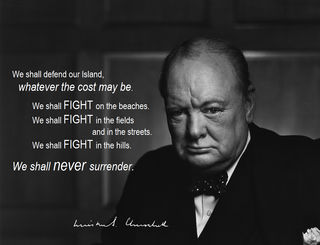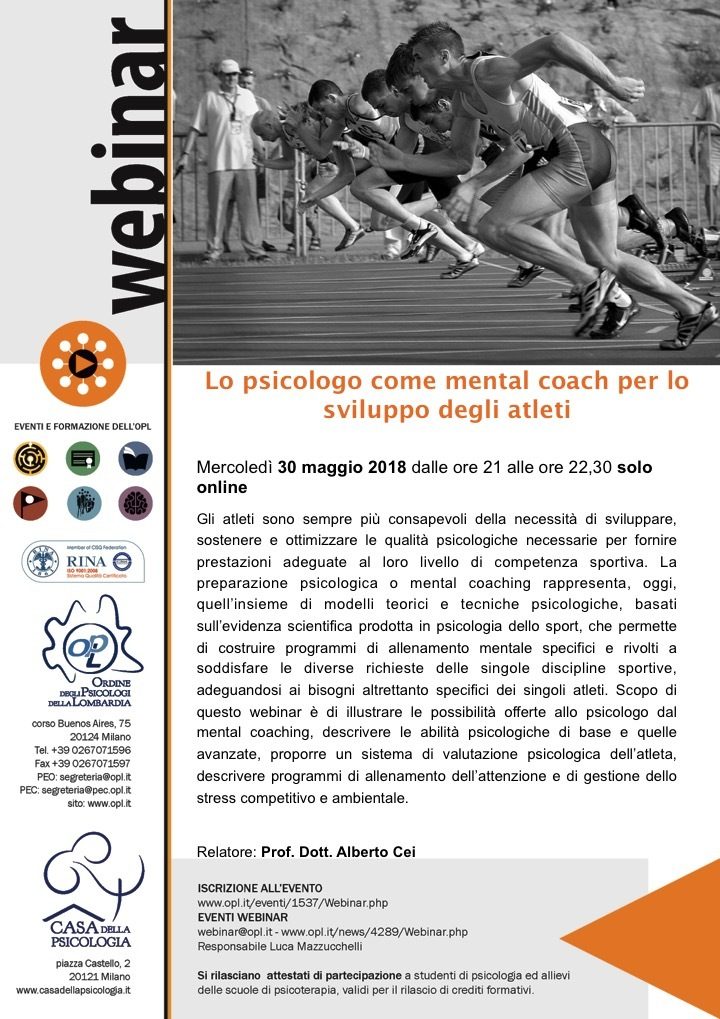Physically active older adults live longer with lower rates of heart disease, type 2 diabetes, arthritis, cognitive decline, and osteoporosis. If that’s not enough incentive, they also enjoy more independence, balance, flexibility, cognitive function and improved self-esteem.
In order to reap these benefits, people over the age of 65 need at least 150 minutes of moderate-to-vigorous- physical activity per week according to Canadian Physical Activity Guidelines.
Looking for ways to incorporate more heart-pumping activity into your week? Here are some tips to keep you moving:
1) INCORPORATE PHYSICAL ACTIVITY INTO YOUR REGULAR ROUTINE
Bending, squatting, stretching and lifting are all part of everyday activities such as gardening, grocery shopping, and even putting on your socks. Up the ante by sneaking in some resistance-type moves like doing some heavier digging or lifting of grocery bags. Even something as simple as berry picking or walking can strengthen your bones and muscles.
2) KEEP A MOVEMENT LOG
Those who track, stay on track! Noting your activity daily can really help you reach your fitness goals. Use a wearable tracker, an app on your smartphone, or simply mark your progress in a calendar.
3) GET IN THE WATER
Water supports your body weight and adds resistance. Swim laps or look out for a local aquafit class which can help you build endurance and muscle strength. Many pools have accessible ramps making it easier to get in and out. The warmth of the water can also soothe aching joints.
4) EMBARK ON AN 8-WEEK WALKING PROGRAM
Walking is one of the safest and most enjoyable forms of fitness, not to mention it’s free! Aim for 15 min to start then gradually work your way up to 30 minutes per day. This is a great option for people with arthritis because it doesn’t put a lot of strain on the joints.
5) EXPLORE NEW ACTIVITIES
You’ve probably heard of tai chi (great for building strength and balance!), but have you ever tried geocaching? Participants use a GPS to find containers called geocaches. They’re hidden all over the world so you can participate anywhere. If that doesn’t appeal, go dancing, do yoga, or play pickleball. Trying something new will help keep you motivated and inspired!
6) PLAY IT SAFE
Whatever activity you choose, make sure to start slow, wear appropriate footwear, stay hydrated, and always check with your doctor before starting any new physical activity program.










